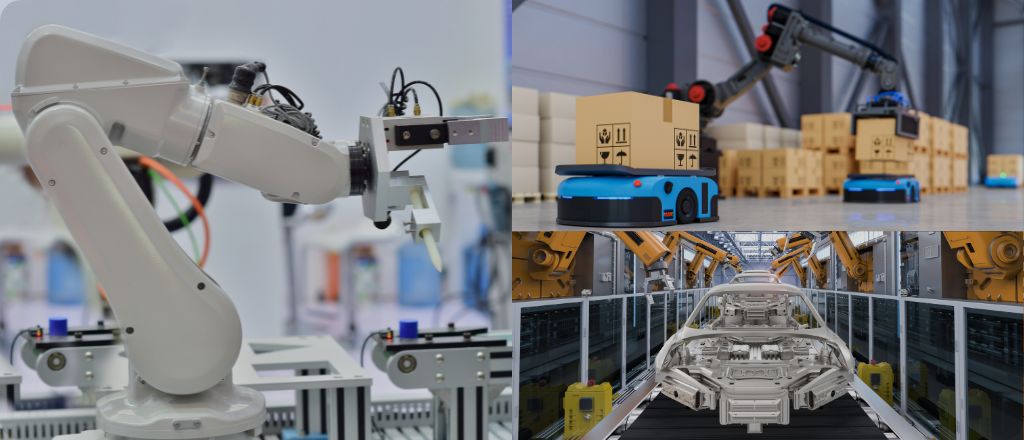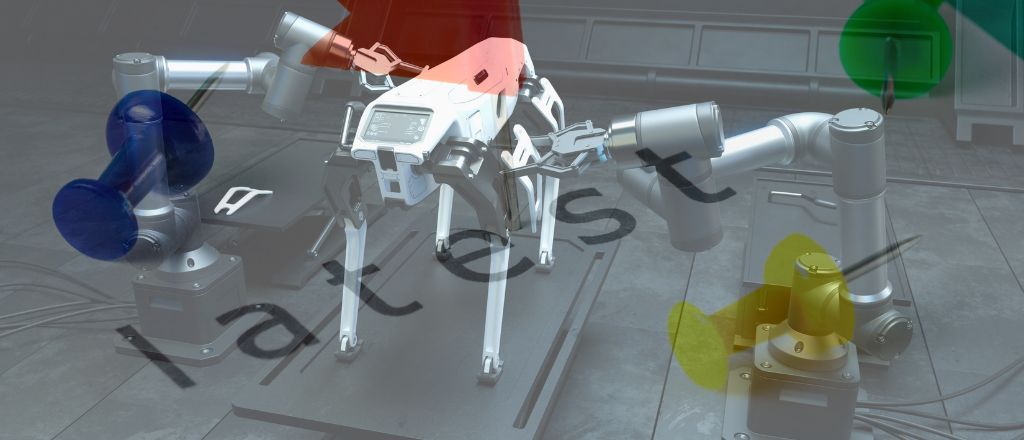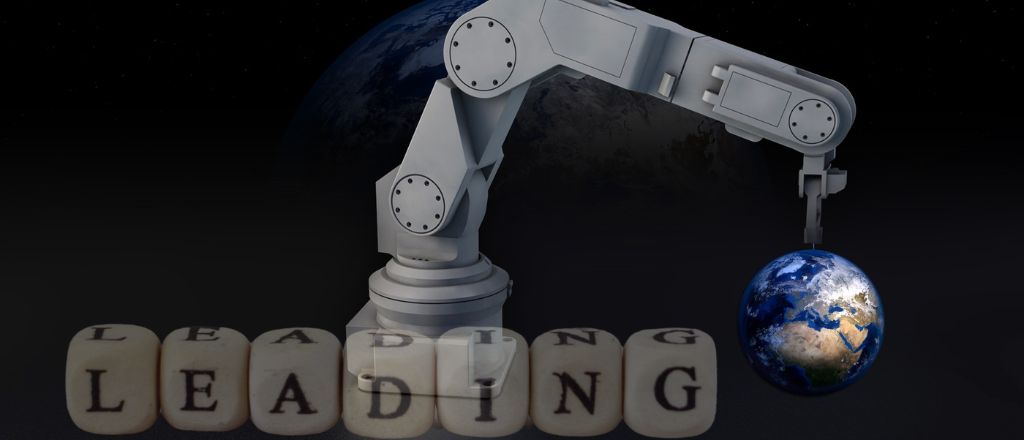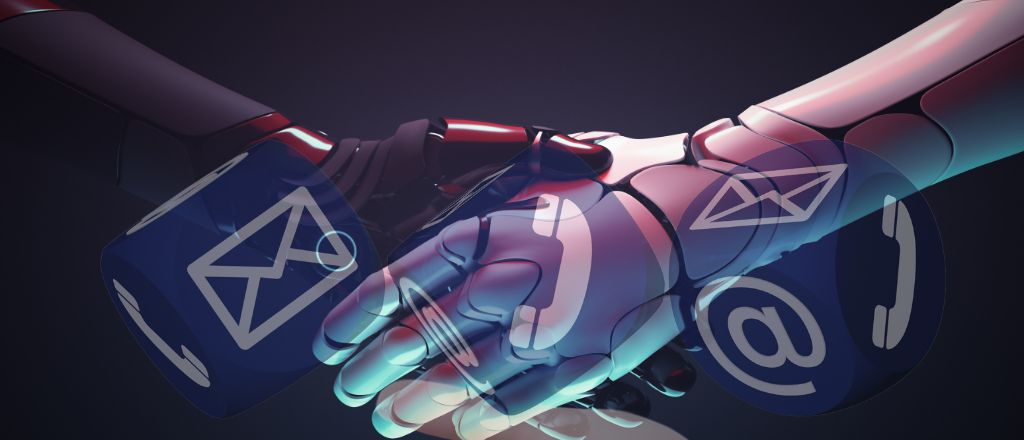The cost of a robotic arm depends on its type and features. The cost can vary from $25,000 to over $400,000.
Robotic arms help businesses work faster and more accurately. They help factories and warehouses work faster, save money, and make better products. These arms make tasks easier and more efficient.
Robotic arms have revolutionized industries by automating repetitive and labor-intensive tasks, delivering unparalleled speed and accuracy. Businesses worldwide are adopting these systems to meet rising demands while reducing costs and human error.
For instance, robotic arms can work tirelessly around the clock, making them indispensable during high-demand periods. Their ability to adapt to various industries, from manufacturing to healthcare, highlights their versatility and growing importance in modern operations.
Robotic Arms How They Work and Their Applications

Now that we know how they help businesses, let’s learn how they work and why they are useful in different industries.
The applications of robotic arms extend beyond just manufacturing. They are designed to handle complex tasks with precision, such as assembling delicate electronic components, welding automotive frames, and even assisting surgeons in operating rooms.
As industries continue to embrace automation, robotic arms are emerging as key players in reducing production timelines and increasing overall efficiency. From small-scale startups to multinational corporations, their adoption reflects a global shift toward smarter, more sustainable business practices.
How Robotic Arms and Automation Work
A robotic arm is a machine that can do many tasks. It works in places like factories and warehouses, where it helps with different jobs. These arms make work easier by doing repetitive tasks quickly and without mistakes.
They are helpful because they can do the same job again and again without getting tired or making mistakes. They are perfect for tough or dangerous jobs like welding or lifting heavy objects. Factories and warehouses use them.
Robotic arms are designed to replicate the movements and dexterity of human arms, making them highly effective in performing intricate tasks. Their ability to rotate, lift, and assemble with precision ensures that they can handle jobs that are difficult or unsafe for human workers.
These systems often come equipped with advanced sensors and software that allow them to detect objects, avoid collisions, and execute tasks with minimal supervision. This level of sophistication not only increases productivity but also improves workplace safety by taking over high-risk operations.
Key Features and Functions of Industrial Robotic Arms
They are useful because they can move in many ways and lift heavy items. They are like human arms, with joints that can bend and turn. This makes them good for jobs that need both flexibility and precision.
Top Uses of Robotic Arms in Different Industries

Beyond manufacturing, these advanced machines are revolutionizing logistics and warehousing by streamlining operations and improving efficiency.
Automation systems are no longer confined to traditional factory floors. In logistics, they help businesses streamline order fulfillment, optimize storage space, and meet tight delivery deadlines. For example, advanced robotic systems can identify, pick, and pack items faster and more accurately than human workers, reducing operational costs and improving customer satisfaction.
In medicine, robotic technologies assist in surgeries and drug manufacturing, ensuring precision and adherence to strict safety standards. Their impact on multiple industries showcases their versatility and transformative potential.
Robotic Arm Applications in Manufacturing and Production
In factories, robots assist with tasks such as product assembly, welding, and painting. These advanced machines enable businesses to improve efficiency and reduce errors. Industries like automotive production and electronics heavily depend on these innovations to streamline their processes.
How Robotic Arms Help in Warehouses and Logistics
Warehouses use automation systems to pack and move products. These machines help businesses get more done with fewer workers. These systems work all day and night, which is advantageous during periods of high demand.
Precision in the Steel Framing Industry with Industrial Robotic Arms
In the steel framing industry, robotic systems cut and assemble steel parts with great accuracy. This reduces mistakes and speeds up production, ensuring every piece is correct.
How Robotic Arms Help in Medicine Manufacturing
In the medical field, advanced machinery manages delicate items such as blister packs. This ensures products are handled safely and accurately, maintaining cleanliness and minimizing errors.
Why Robotic Arms Are Important for Automation

As we’ve seen in different industries, these devices help businesses work faster and make fewer mistakes. Now, let’s see why automated arms are so important for automation and how they help businesses. Now, let’s examine why they are crucial for automation.
Automation has become a cornerstone of modern industry, and robotic arms are at the forefront of this revolution. They enable businesses to scale their operations efficiently, handling increased workloads without compromising on quality.
By taking over repetitive tasks, robotic arms free up human workers to focus on more strategic and creative responsibilities. This integration of human expertise with robotic efficiency drives innovation and enhances overall productivity.
How Robotic Arms Improve Production and Precision
Automation enables businesses to operate more efficiently and with greater precision. These advanced tools are ideal for tasks that require accuracy due to their versatile movements, making them suitable for a wide range of applications. They help companies increase productivity while minimizing errors.
Reducing Running Costs with Robotic Systems
Robots help businesses reduce costs. Since robots perform tasks automatically, companies don’t need as many workers, which lowers labor costs. Robots also work all the time without breaks, saving even more money.
Robots that Can Work in Different Industries
Automated arms can work in many different industries. They are flexible and can handle various tasks. Some machines work with people, while others do the heavy lifting. You can customize these systems to fit the needs of any business.
New Technology That’s Changing Automation

As more businesses start using automation systems, new technology is making these robots faster and better. This helps businesses do their jobs even more easily. New robotic technology is pushing the limits of what’s possible in industries like manufacturing and logistics.
Emerging technologies such as artificial intelligence (AI), machine learning, and the Internet of Things (IoT) are redefining what mechanical arms can achieve. With AI integration, these systems can learn and adapt to new tasks, improving their efficiency over time.
In industries like logistics, automation tools equipped with IoT sensors can communicate in real-time, optimizing warehouse operations. As these advancements continue, robotic systems will become even more indispensable across diverse sectors.
New Technology in Robotic Arm Design
New technology is making these mechanical arms faster and more accurate. They can do harder jobs now, helping businesses get more done and make fewer mistakes.
The Role of Robotic Arm Technology in the Future
Automated arms will continue to play a big part in the future. These machines are great for tasks that need speed and accuracy. As technology improves, they will become even more useful in industries like manufacturing and logistics.
Why OIYA is the Leading Provider of Robotic Solutions

As robotic technology continues to evolve, OIYA remains at the forefront of providing cutting-edge solutions for businesses.
Customized Automation Solutions for Manufacturing and Industrial Needs
OIYA provides tailored solutions to meet your business needs. Whether you are in manufacturing, logistics, or medicine, we can help. Our robotic systems will improve how your business runs and make it more productive.
Expert Support for Implementing Automated Systems
At OIYA, we help businesses set up robotic systems. From the beginning to the end, we make sure everything works smoothly.
Contact OIYA for Industrial Automation Solutions Today

Book a Free Consultation for Robotic Automation
Do you wish to enhance the efficiency of your work? Contact OIYA for a free consultation today. We will help you find the best robotic solution for your business.
Request a Quote for Your Automation Needs
Please contact OIYA to obtain a formal quote. Our solutions are affordable and designed to fit your business.
Contact us today for a free quote or to book our services.
Frequently Asked Questions
Industries like manufacturing and logistics use robotic arms for tasks such as welding, assembling, and packaging. Companies often choose an articulated robot, with its multiple joints and degree of freedom, for these jobs.
Yes, individuals have the option to receive prosthetic robotic arms. These devices can help them move their arms and do daily tasks.
The six types are flexible, cartesian, cylindrical, SCARA, polar, and delta arms. Some of these can also work as collaborative robots, safely interacting with humans.

